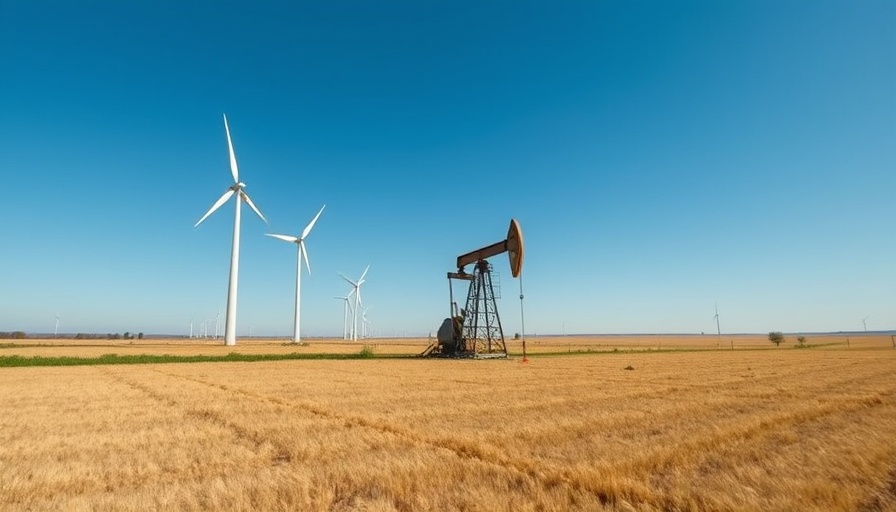
Texas: A Landscape of Change in Energy
In the vibrant state of Texas, where oil rigs and wind turbines now share the same horizon, a significant transformation is taking place within the energy sector. Once a haven of fossil fuels, the Lone Star State has become a leading player in renewable energy—particularly in wind and solar power. But in a twist of irony, it's the traditional oil companies that are now advocating for the continuation and expansion of renewable investments. These newfound alliances highlight a crucial moment in Texas energy politics, one that is navigating both economic necessity and environmental urgency.
Renewable Energy's Path in Texas
Historically, Texas has attracted a plethora of renewable energy investors, courtesy of its business-friendly atmosphere and abundant natural resources. The state showed early promise with the introduction of a Renewable Portfolio Standard in 1999 and subsequent expansions, which fostered a thriving market with investments in wind and solar farms. By 2013, a major transmission line facilitated the connection between the state’s western wind farms and the booming population centers in the eastern part of Texas. This established Texas as a national powerhouse in both wind and solar production, but changing political tides threaten its position.
A Political Schism Erupts
Over the past decade, a political schism has emerged around renewable energy as it has become polarized, particularly after the Obama administration. Legislative changes by Texas Republicans in 2015 sought to weaken renewable initiatives by making the Renewable Portfolio Standard voluntary. This move was simply the beginning of a growing trend as renewable energy subsequently became intertwined with partisan conflicts.
The Current Legislative Landscape
Now we are witnessing a turning point. Recent bills, including Senate Bill 715 and House Bill 3356, impose stricter regulations and financial burdens on wind and solar projects. These measures not only slow the progress of renewable energy but also jeopardize Texas's reputation as a business-friendly state. Surprisingly, even fossil fuel companies are voicing their concerns, advocating against such regulations, indicating a desire to maintain energy diversity and economic stability.
The Role of Corporations in Sustainability
Corporate responsibility has taken center stage, with companies recognizing the need for a balanced approach that includes both fossil fuels and renewable resources. The argument hinges on the understanding that supporting renewable energy is vital for sustainability goals. Texas is a prime example of how this transition can occur, not just as a dilemma of ethics, but as a critical business strategy that can promote long-term survival and success in the energy marketplace.
Exploring Sustainable Hospitality in Texas
This ongoing evolution is particularly relevant to boutique hospitality professionals. As small-scale hotel owners and eco-lodge operators, there's an opportunity to blend traditional hospitality with eco-consciousness. Integrating off-grid solar solutions can significantly reduce fossil fuel dependence, while appealing to guests increasingly interested in sustainability. For example, eco-lodges can promote the use of solar power, creating a unique selling point alongside luxurious experiences.
The Future of Renewable Energy in Texas
As we look toward the future, there is hope that the political landscape surrounding renewable energy in Texas will shift. With growing public awareness of climate change and a push for cleaner energy solutions, the momentum could lead to more bipartisan collaboration in support of sustainable practices. Companies advocating for renewables within the fossil fuel sector underscore the value of adaptation—demonstrating how embracing change can yield both economic benefits and environmental sustainability.
Take Action: Support Sustainable Practices in Your Business
For those in the boutique hospitality sector, now is the time to consider how your choices can contribute to a sustainable future. Implementing solar-powered technologies and joining the conversation around energy reform can not only improve your operational efficiency but also attract customers who care about corporate sustainability. By aligning your business with ethical practices, you can play a part in reshaping the energy landscape in Texas.
 Add Row
Add Row  Add
Add 




Write A Comment